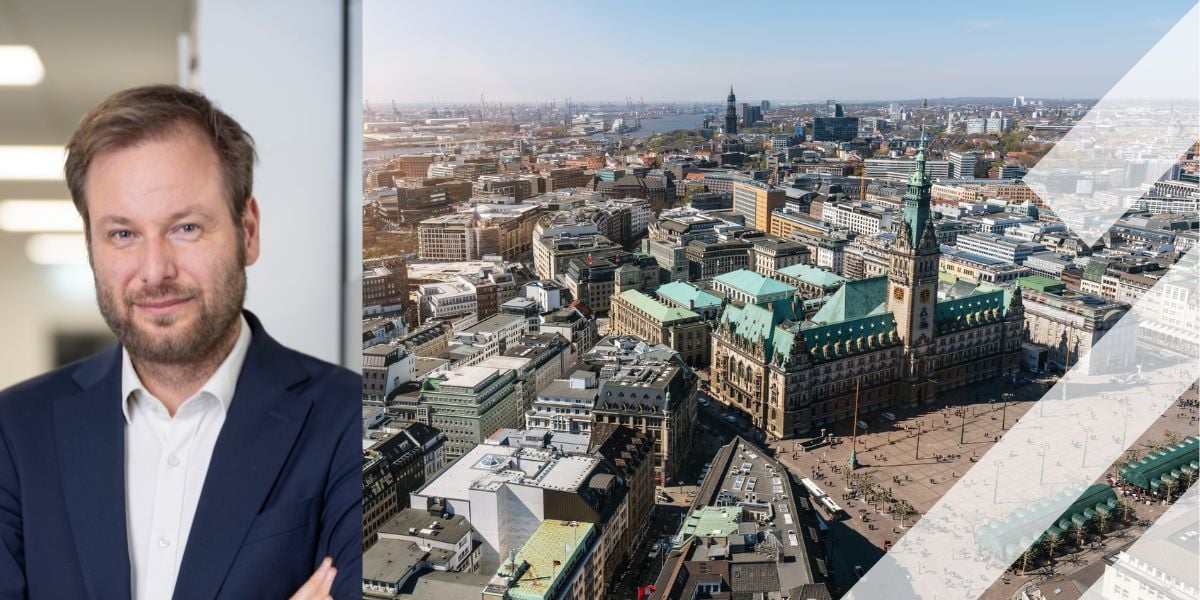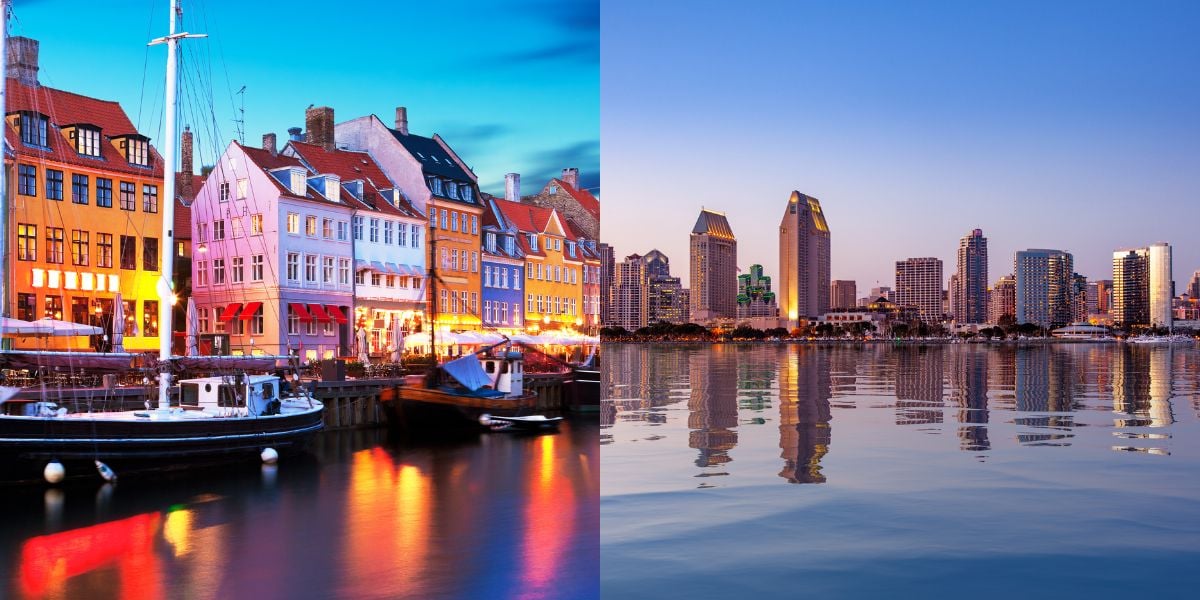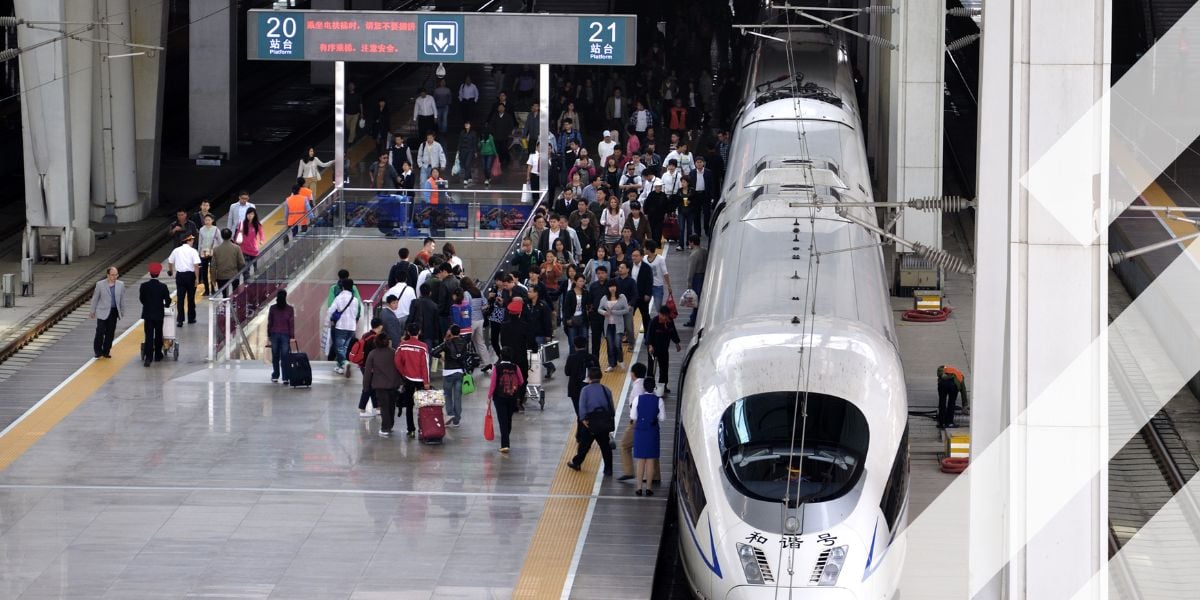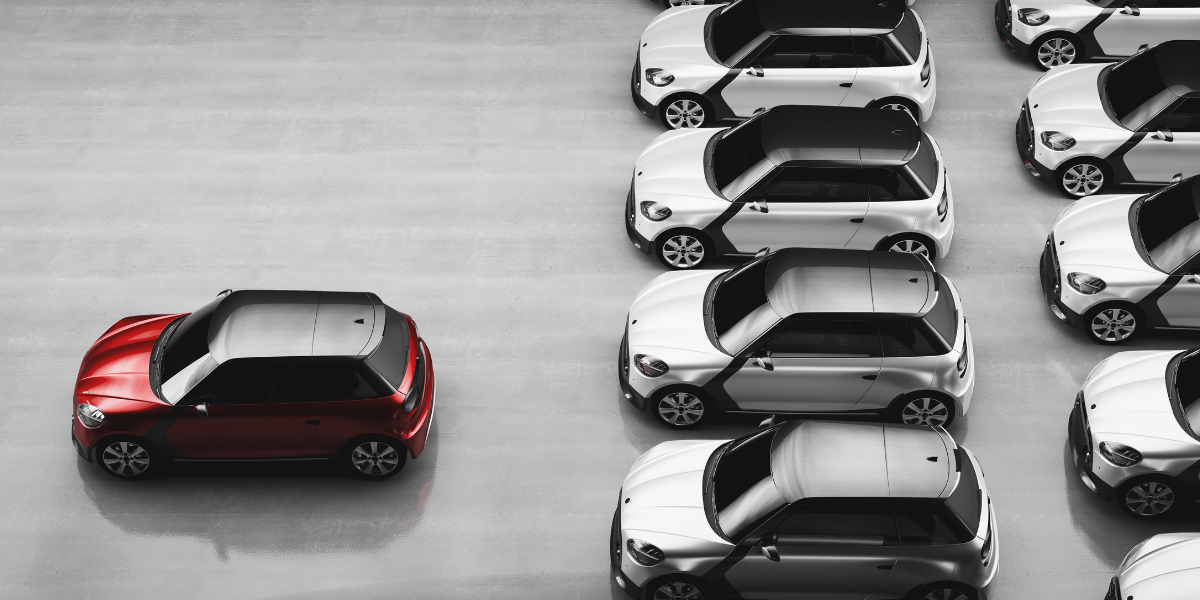APPLIED MaaS: Implementing Mobility as a service in a topographically diverse Scotland
MaaS Scotland, a network of Technology Scotland, has made significant progress as it approaches 4 years of operation. With a membership of over 70 public and private sector organisations from across the MaaS supply chain, it is one of the largest networks of its kind in Europe. MaaS Scotland is the focal point for Mobility as a Service (MaaS) activities in Scotland, with the organisation, led by Technology Scotland CEO Dr Alastair McInroy, facilitating initiatives with the aim of delivering the benefits of MaaS to the Scottish mainland and islands. Dr McInroy took time out from the 2023 MaaS Scotland annual conference in Edinburgh to tell Intertraffic about the continuing battle to extol the virtues of MaaS and how the remote Scottish communities can benefit from a bespoke transport service.
Mobility as a Service has been a term familiar to the denizens of the smart mobility, transport technology and ITS communities for a decade or more. Despite its longevity there is still conversations around the exact definition of what MaaS actually is and, perhaps just as crucially, who its target audience is.
The term “MaaS” seems to mean something different in disparate parts of the world, but for a country as physiographically diverse as Scotland with its challenging topography of mountainous highlands, rural lowlands, large cities and almost 800 sparsely populated remote islands, it can mean something different within a few miles of terrain.
How, then, does McInroy and his Technology Scotland team view the potential for MaaS, especially when one considers that inclusivity was one of its main tenets.
“From our perspective, inclusivity is inherent to what a good MaaS scheme should be providing. MaaS, ultimately, is in its very simplest terms about the better integration of multimodal transport modes,” says McInroy, “be that confined to a particular geographical area, which could be a city, it could be a region or it could even be national, depending on the approach taken. That means better integration and dissemination of information and data, better integration of ticketing and the simplification of ticketing.”
MaaS, ultimately, is in its very simplest terms about the better integration of multimodal transport modes
It's the all-important better integration of all other information and data sources that would impact one's decision to travel in a particular way at a particular time.
“MaaS is only a layer that sits above all the transport infrastructure that sits underneath,” McInroy adds. “It doesn't create new modes, it doesn't create new services, it can't do that. All it can do is make access to the services easier, more visible, simpler to use and provide useful information that will help you negotiate and manage your journeys.”
A CONVINCING ARGUMENT
Selling the idea of MaaS to a country’s travelling public is of paramount importance and, as McInroy suggests, the key to its successful implementation is to create confidence.
“Confidence is a big word. MaaS gives people confidence to use modes other than the private car, but because the underlying infrastructure, the underlying kind of modal choice is very different in different geographical areas, you have to accept that how MaaS is delivered is going to be quite different. It's going to look different in a rural area than it does in an urban area.”
As McInroy points out, however, MaaS is by no means limited to public transport options as an alternative to private car ownership. When the MaaS Investment Fund, which is currently running in Scotland, was first set up in 2019, one of its initial focuses was on MaaS for rural communities. It’s also interesting to note that of the five MaaS projects running in Scotland in 2023 four have a significant rural element.
MaaS gives people confidence to use modes other than the private car, but because the underlying infrastructure is very different in different geographical areas, you have to accept that how MaaS is delivered is going to be quite different.
“Those other services need to be glued together: community transport, peer-to-peer car clubs and active travel, for example, but all of those have the issue of destination, because you could argue in a city situation where we have plentiful services, then the ramifications of missing a service is, in actuality, quite small. In the grand scheme of things it doesn't really matter. Whereas,” he continues, “in a rural area missing a bus can have quite significant consequences. So in that sense, it’s vital to provide better information to people as to how and when to access the available services in real time so they know when the bus is going to come around the corner. There are of course significant challenges in implementing a MaaS scheme in a remote location, but inclusivity is a big part of what MaaS is and is for. And I know that Transport Scotland agrees with us.”
GREAT EXPECTATIONS
So what has been the main sticking points, the biggest barriers to MaaS realising its undoubted potential? Is it governmental approaches? Is it funding issued? Is it practicalities or impracticalities? Is it the mental and physical difficulties of getting people out of their cars? Or is it all of those things wrapped up in one?
“If you want my honest answer I think it's all those things,” admits McInroy. “I think people roughly understood the concept of it and where the value may be in it, but it's sat like that for a long, long time and other than one or two notable exceptions, there wasn't any great practical delivery going on. Yeah, that was one of the things that we had to focus on. When MaaS Scotland was first born back in 2017 one of the three key goals was to build a network of companies in Scotland and the other one was to build the profile of MaaS and help key stakeholders to understand what it was and how it could impact future transport. The third one was that we wanted to get pilot projects off the ground in Scotland to start actually doing what we'd been talking about for some years. I would say we are moving from that initial concept phase into the delivery phase and we're finding out so much stuff as we begin to do it. And I think it's beginning to help us understand why it was so difficult to get this thing moving in the first place.”
When MaaS Scotland was born back in 2017 one of the key goals was to build the profile of MaaS and help key stakeholders to understand what it was and how it could impact future transport
OLD HABITS DIE HARD
On the subject of behavioural change, McInroy agrees that it’s those that most need to adjust their travel habits that appear to be the most resistant to change. Travellers that insist that they’ve been driving for 40 years and don't want to travel by tram and bus and train or subscribe to a “service” or “club even it takes them longer and costs them more money to solely travel in their own privately owned vehicle. How do you incentivise those people and educate them that it’s not just themselves, but everybody else and the environment that stands to benefit from their new-found modal flexibility?
“First and foremost there has to be a spectrum of willingness to adopt these new things. Whenever I hear MaaS being touted as an alternative to or replacement for the car it doesn’t do anyone any favours. It’s not about deleting the private car as a travel option, it’s about diluting our dependency on it and getting people to use it less. MaaS is still very much in the journey planning, payment and ticketing part of it,” he says. We’re talking about the very practical, physical aspects of a Journey Planner, that payment portal for all your transport needs. Longer term, what we see the next phase of MaaS as building from that to use this digital platform as a way of incentivizing behaviour.”
There has to be a spectrum of willingness to adopt new things. Whenever I hear MaaS being touted as an alternative to or replacement for the car it doesn’t do anyone any favoursWhat McInroy is hinting at is affecting subliminal behaviour change.
“We can do this by listing generic modal choices, but alongside cost, carbon footprint, calorie burn - these types of things. And there's an element of gamification in that. There’s an opportunity to begin to genuinely reward behaviour with incentives such as retail partnerships, money back on future travel or travel credits where different mass providers offer different incentives depending on demographics, recognising that people are making those types of behavioural changes and rewarding them for doing it. We have to accept that those first adopters are likely to be young, technically focused professionals, perhaps living in urban areas.”
The thinking here is that once behavioural change is normalised it begins to penetrate and permeate into other areas, but just having a blanket approach to your marketing in the first instance is highly unlikely to work.
“I think you have to accept that,” suggests McInroy. “You have to build your user base from where you feel the low hanging fruit is going to be, then through a combination of good marketing, word of mouth and normalisation of this new approach you begin to capitalise on that. But even that's only going to get you so far,” he warns
It’s a warning as a popular misconception about MaaS is that all the options and alternatives it aggregates and offers are automatically going to be the cheapest form of mobility.
I'm not sure that MaaS necessarily sets out to make things cheaper. What it can do is improve convenience.
“MaaS makes things simpler,” he states clearly. “But I'm not sure that it necessarily sets out to make things cheaper. What it can do is improve convenience. One of the big arguments for a car is that it's just there, waiting for you to use it. Let’s be honest, MaaS will probably never match the convenience of the car but it might at least erode some of those barriers and make it more convenient than it is at the moment. and reduce some of those known barriers to public transport. As the younger generation begins to become the middle generation, you will find that the numbers of adopters begin to expand, but it's going to be a long term gain.”
Share your story
Do you have an innovation, research results or an other interesting topic you would like to share with the professionals in the infrastructure, traffic management, safety, smart mobility and parking industry? The Intertraffic website and social media channels are a great platform to showcase your stories!
Please contact our Sr Brand Marketing Manager Carola Jansen-Young.
Are you an Intertraffic exhibitor?
Make sure you add your latest press releases to your Company Profile in the Exhibitor Portal for free exposure.





